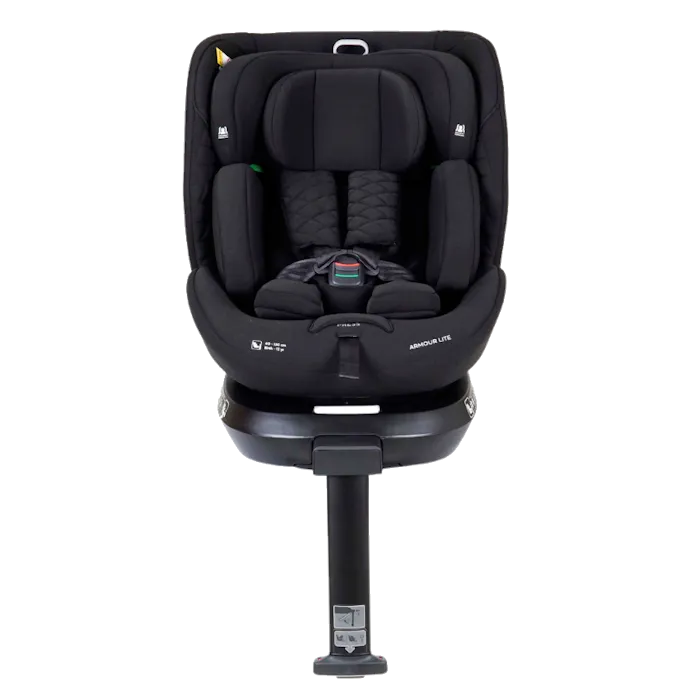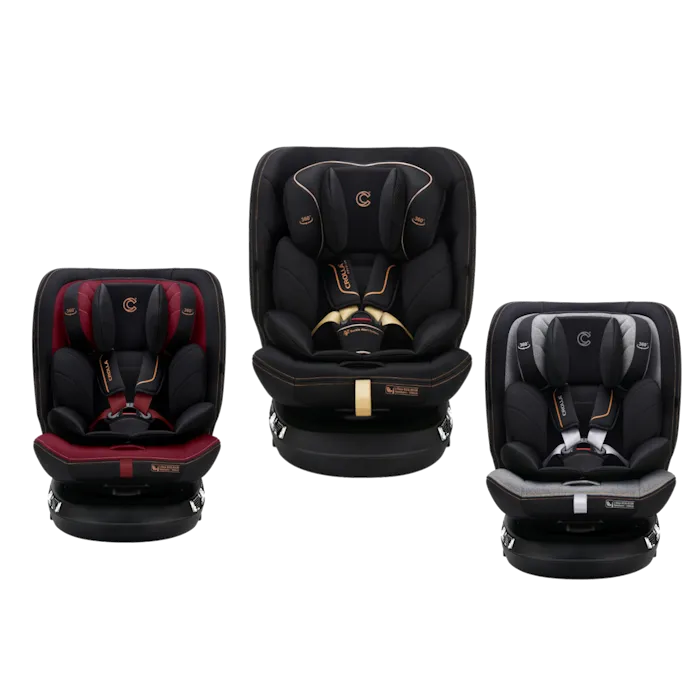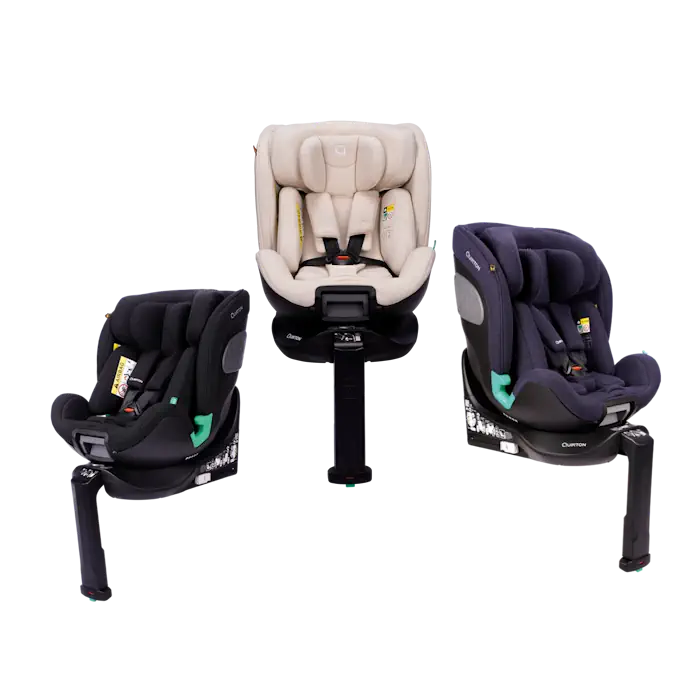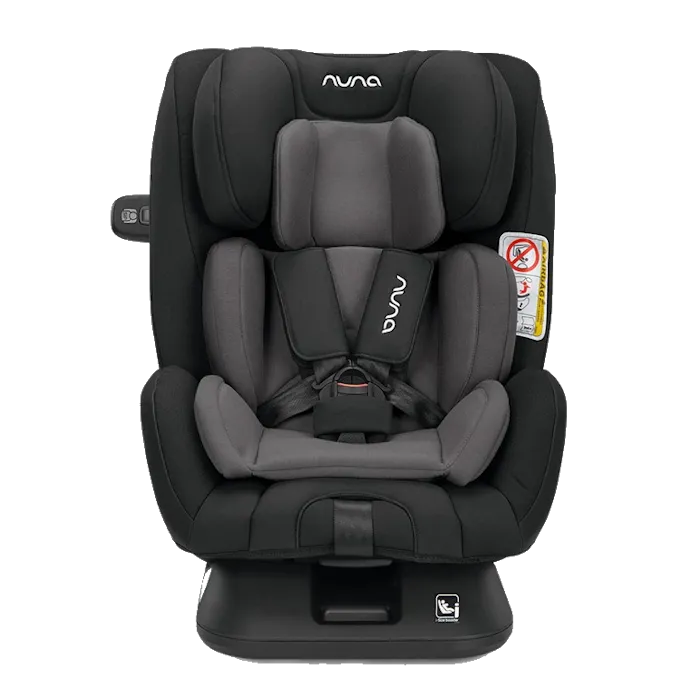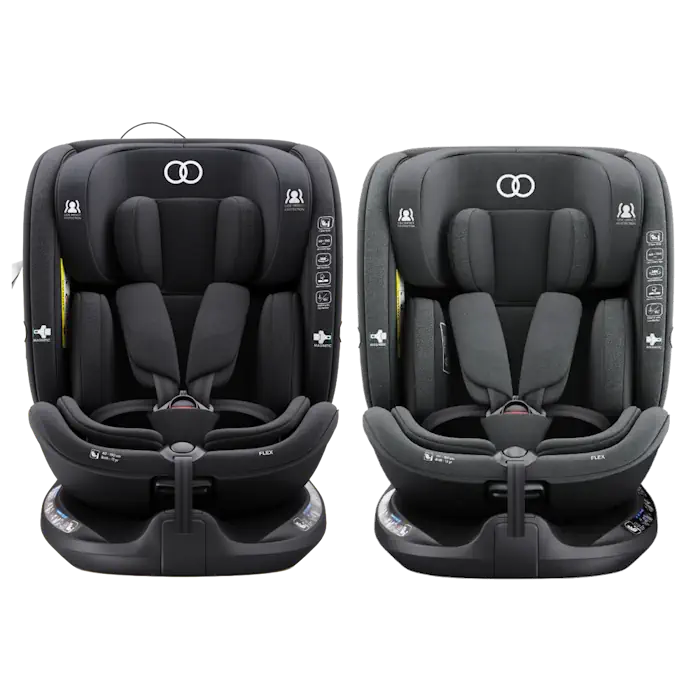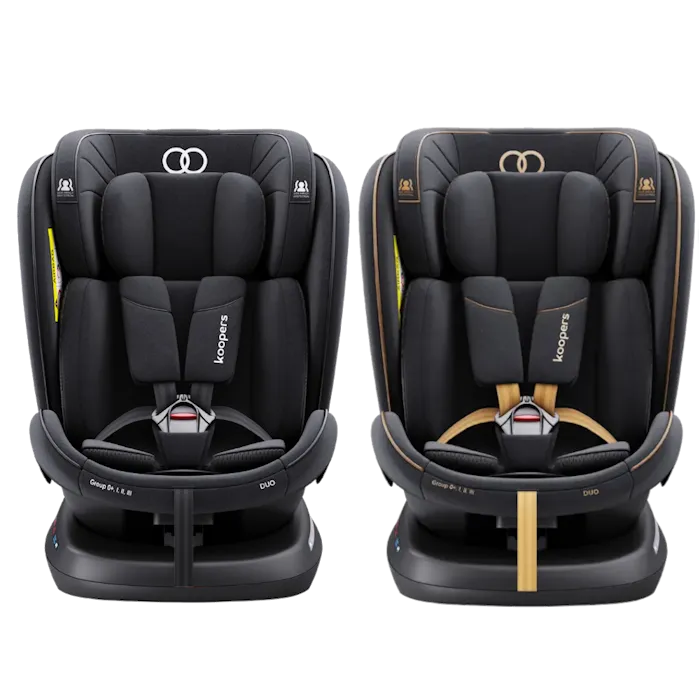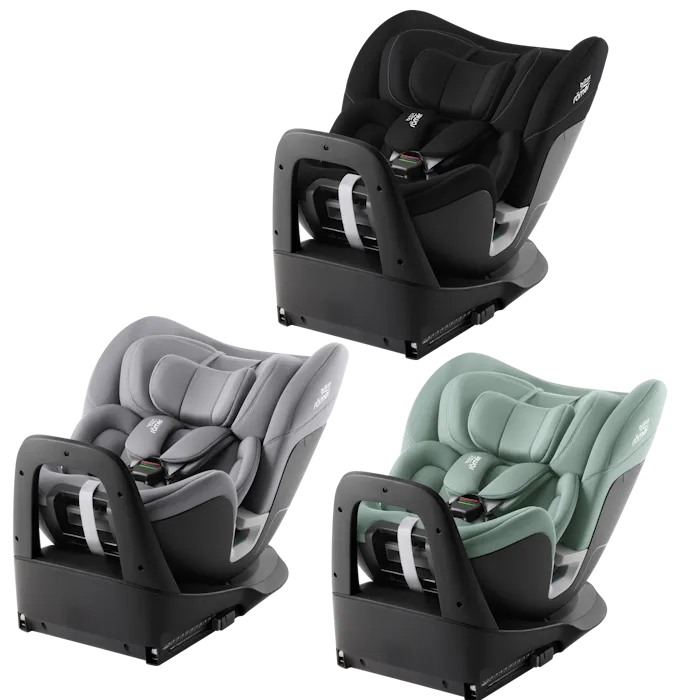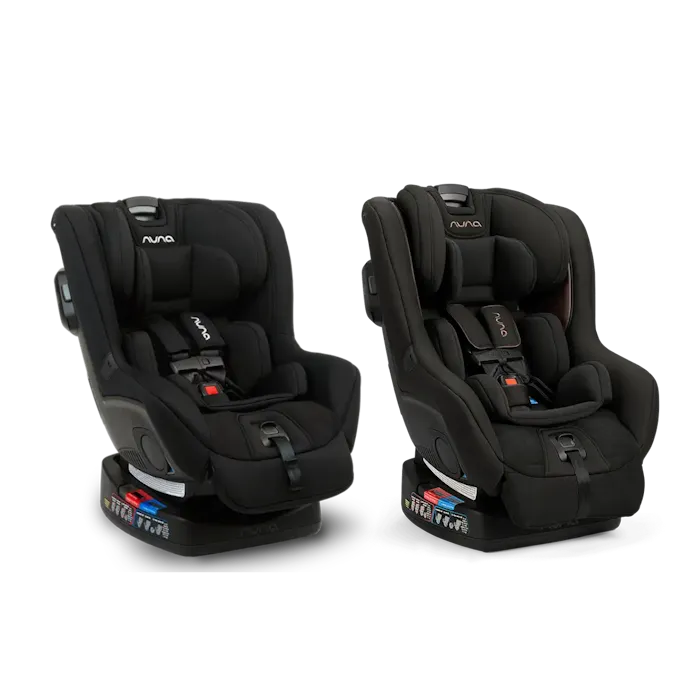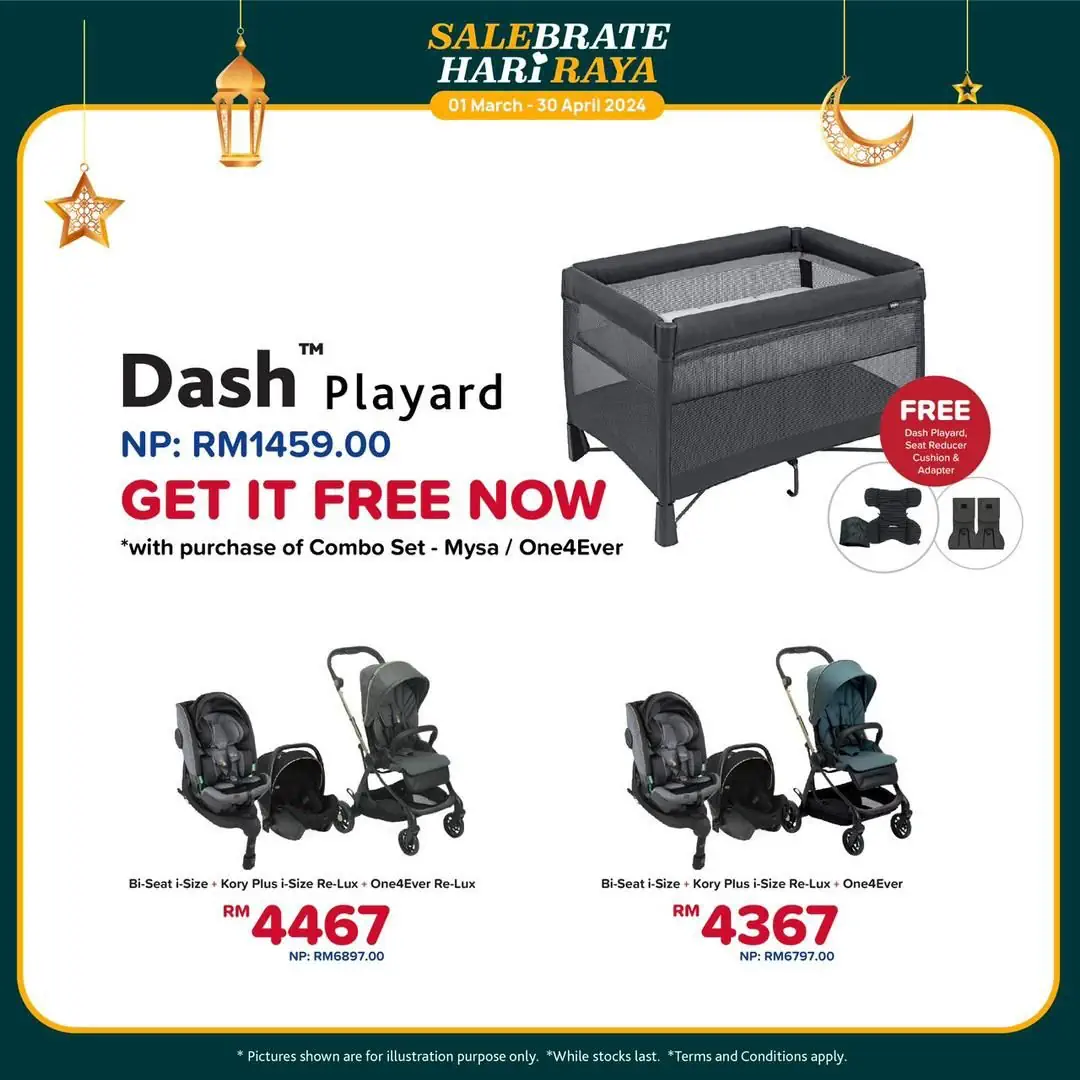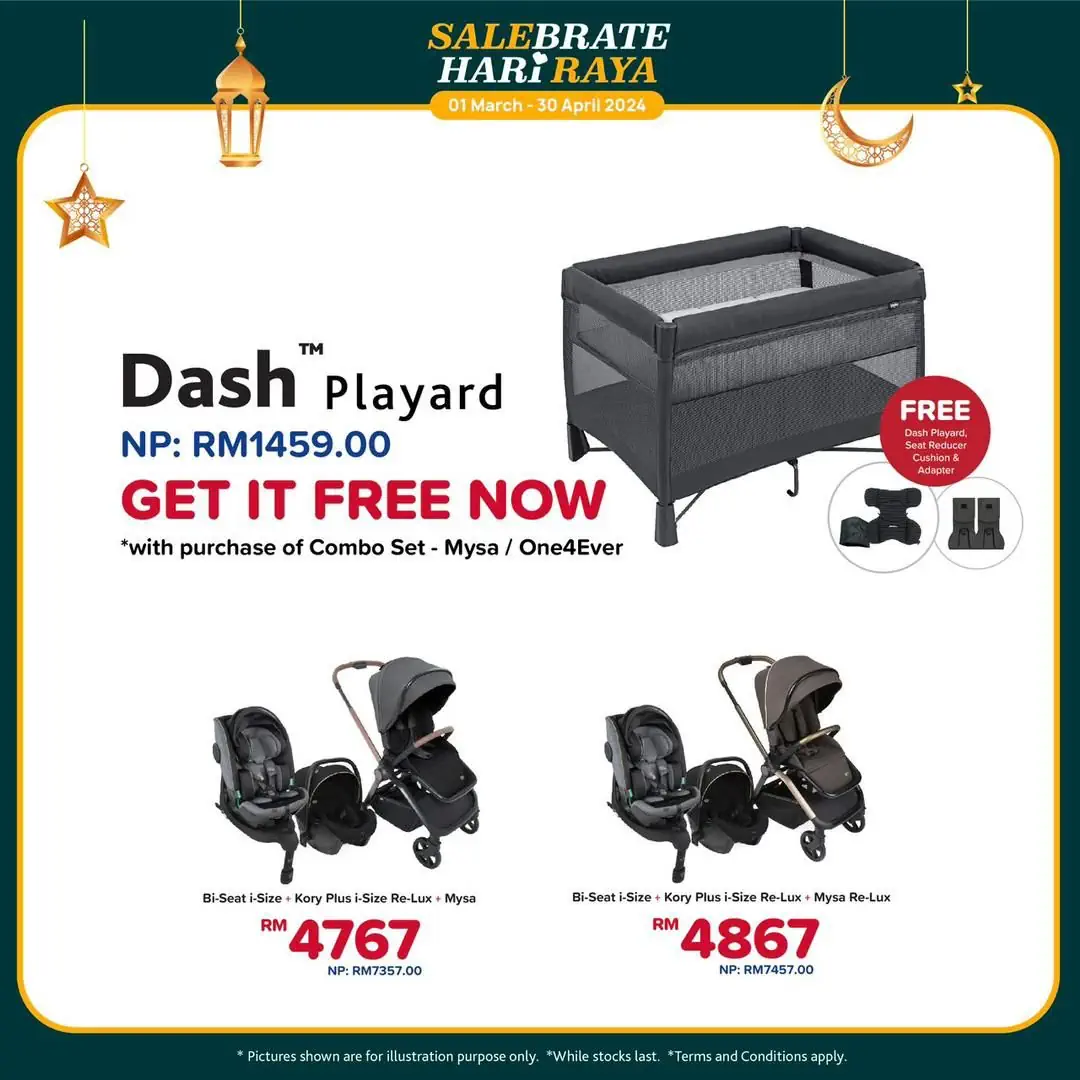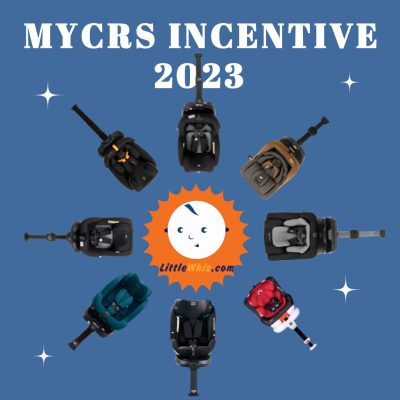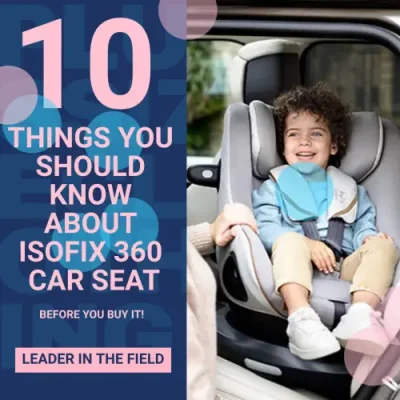What is ISOFIX ?
ISOFIX is an international standard for attaching child car seats directly to a vehicle’s chassis, providing a safe and secure connection. It is also known as LATCH (Lower Anchors and Tethers for Children) in some regions, such as the United States.
The ISOFIX system aims to simplify the installation of child car seats and improve their safety by eliminating the need for seat belts to secure the seat. It consists of two main components: the ISOFIX anchorage points in the vehicle and the compatible attachments on the child car seat.
The ISOFIX anchorage points are metal brackets or bars built into the vehicle’s rear seats. They are designed to withstand the forces exerted in the event of a collision. These anchorage points are typically located between the seat cushion and seatback or embedded within the seat structure.
The child car seat features corresponding ISOFIX attachments, usually in the form of rigid metal bars or latches. These attachments are designed to be easily and securely connected to the ISOFIX anchorage points in the vehicle. Additionally, many ISOFIX-compatible seats also have a top tether strap that connects to an additional anchor point in the vehicle to further enhance stability.
When installing an ISOFIX-compatible child car seat, you typically position it in the desired seating location, align the attachments with the ISOFIX anchorage points, and push the seat firmly into place until it clicks or locks into position. The seat should be securely attached without excessive movement.
ISOFIX provides a standardized and user-friendly method for installing child car seats, reducing the risk of incorrect installation that could compromise the safety of the child. It is important to note that not all vehicles are equipped with ISOFIX anchorage points, so it is necessary to check if your specific vehicle supports this system.
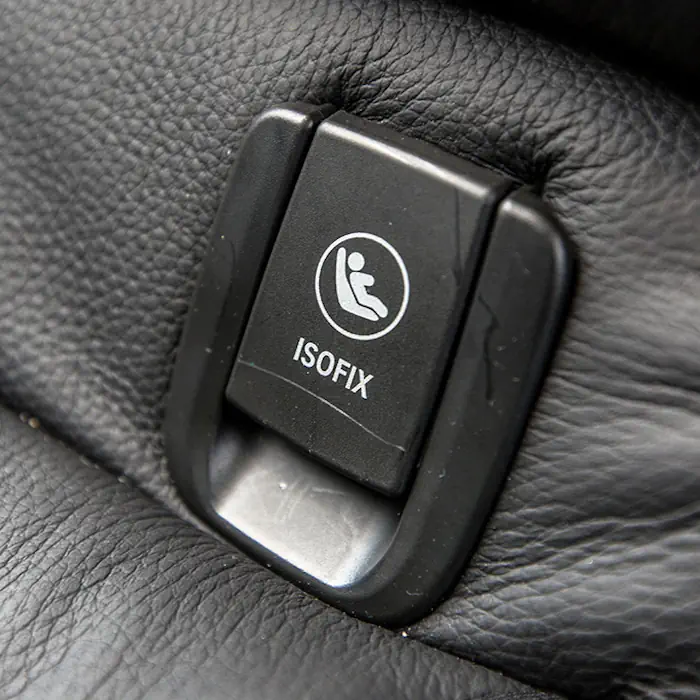
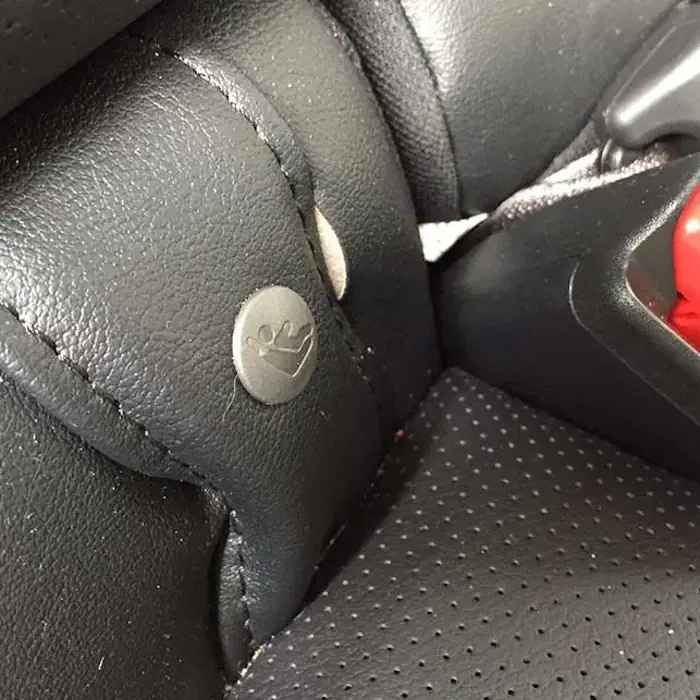
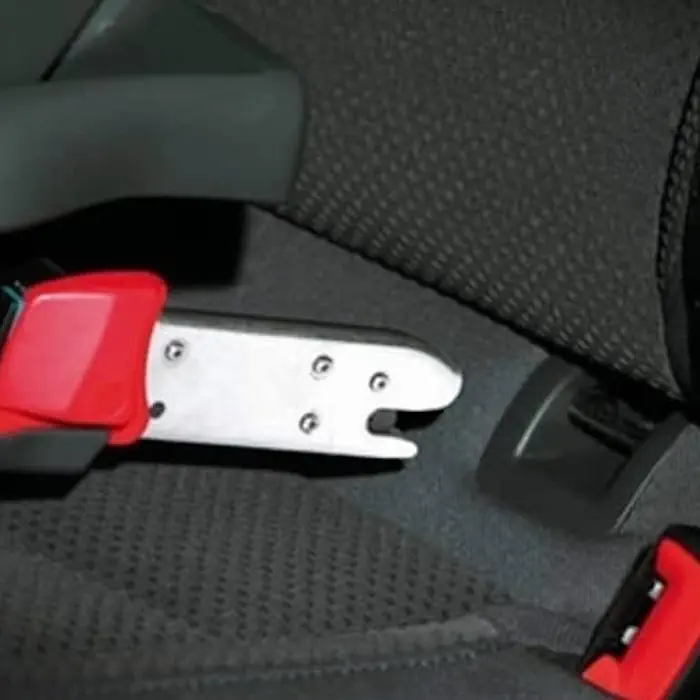
How and where can I check my vehicle for Isofix ?
To check if your vehicle has ISOFIX anchorage points, you can follow these steps:
1. Consult the vehicle’s user manual: The easiest and most accurate way to determine if your vehicle has ISOFIX anchorage points is to refer to the user manual that came with your car. The manual should provide detailed information about the features and specifications of your vehicle, including whether it is equipped with ISOFIX.
2. Check the rear seats: Physically inspect the rear seats of your vehicle. Look for metal brackets or bars between the seat cushions or in the crevice where the seatback meets the seat bottom. These brackets are typically used to secure child car seats using ISOFIX attachments.
3. Look for ISOFIX labeling: Look for labels or markings on the rear seats or in the surrounding area that indicate the presence of ISOFIX anchorage points. The labels may include the term “ISOFIX” or have a symbol that resembles an anchor or child seat.
4. Check for top tether anchorage point: In addition to ISOFIX anchorage points, some vehicles also have a top tether anchorage point, which is used to secure the top tether strap of a forward-facing child car seat. This point is usually located behind the rear seats, either on the parcel shelf or the back of the seat itself.
5. Contact the manufacturer or dealer: If you’re still unsure whether your vehicle has ISOFIX anchorage points, you can contact the manufacturer or a local dealer and provide them with your vehicle’s make, model, and year. They should be able to confirm if your specific vehicle is equipped with ISOFIX.
Remember, it’s important to follow the instructions provided by both the vehicle manufacturer and the child car seat manufacturer when installing and using an ISOFIX-compatible child car seat.
Can I use Isofix & Seat Belt together to install a car seat?
No, it is not recommended to use the Isofix system and the seat belt together to secure a child car seat. The Isofix system is a standardized anchoring system that provides a secure attachment between the car seat and the vehicle’s chassis. It typically consists of metal anchor points built into the vehicle’s structure and corresponding connectors on the child car seat.
On the other hand, the seat belt is designed to secure passengers in the vehicle, and most child car seats can be installed using the seat belt as an alternative to the Isofix system. However, it is generally advised to use either the Isofix system or the seat belt, but not both simultaneously. This is because using both methods together can interfere with the proper installation and performance of the child car seat, potentially compromising its effectiveness in protecting the child in the event of a crash.
When installing a child car seat, it’s important to carefully follow the manufacturer’s instructions and use either the Isofix system or the seat belt as directed. Additionally, ensure that the child car seat is appropriate for the age, weight, and height of the child, and that it is securely installed to provide maximum safety.
Why should I use Isofix?
Using ISOFIX for securing your child car seat offers several benefits:
1. Enhanced safety: ISOFIX provides a strong and secure connection between the child car seat and the vehicle’s structure. The rigid attachments and anchorage points help to reduce the risk of the seat becoming loose or detached during a collision or sudden braking, enhancing the overall safety of the child.
2. Easy installation: ISOFIX simplifies the installation process of child car seats. With clearly defined attachment points and compatible connectors, it is easier to ensure correct installation, reducing the likelihood of errors that could compromise the seat’s effectiveness in protecting the child.
3. Reduced installation errors: Traditional seat belt installations can sometimes be challenging and prone to errors, such as improper routing, incorrect tensioning, or inadequate seat belt locking. ISOFIX eliminates many of these potential mistakes since the seat is securely connected to the vehicle using standardized attachments.
4. Time-saving: ISOFIX offers a quicker and more convenient installation compared to using seat belts. Once you are familiar with the system, securing and removing the child car seat becomes faster and easier, which is particularly beneficial for parents on the go.
5. Minimized seat movement: ISOFIX attachments, along with the top tether strap, if applicable, provide additional stability to the child car seat, minimizing its movement during normal driving or in the event of a collision. This stability helps to ensure that the child remains secure and protected.
It is worth noting that while ISOFIX is a reliable and widely adopted standard, it is essential to carefully follow the instructions provided by both the vehicle manufacturer and the child car seat manufacturer when installing and using an ISOFIX-compatible seat. This will help ensure the proper installation and optimal safety for your child.
What are the car seat with Isofix?

Koopers: Armour Lite R129 Convertible Car Seat

Crolla: Nex360 R129 Convertible Car Seat

Quinton: Coxy R129 360 Convertible Car Seat

Nuna: Tres LX Booster Car Seat

Koopers: Flex 360 Car Seat

Koopers: Duo 360 Car Seat

Britax: Swivel 360 R129 Convertible Car Seat

Nuna: RAVA Convertible Car Seat

Hari Raya Bundle: Chicco One4Ever Stroller Combo Set (FREE Chicco Dash Playard worth RM1459)

Hari Raya Bundle: Chicco MYSA Stroller Combo Set (FREE Chicco Dash Playard worth RM1459)

